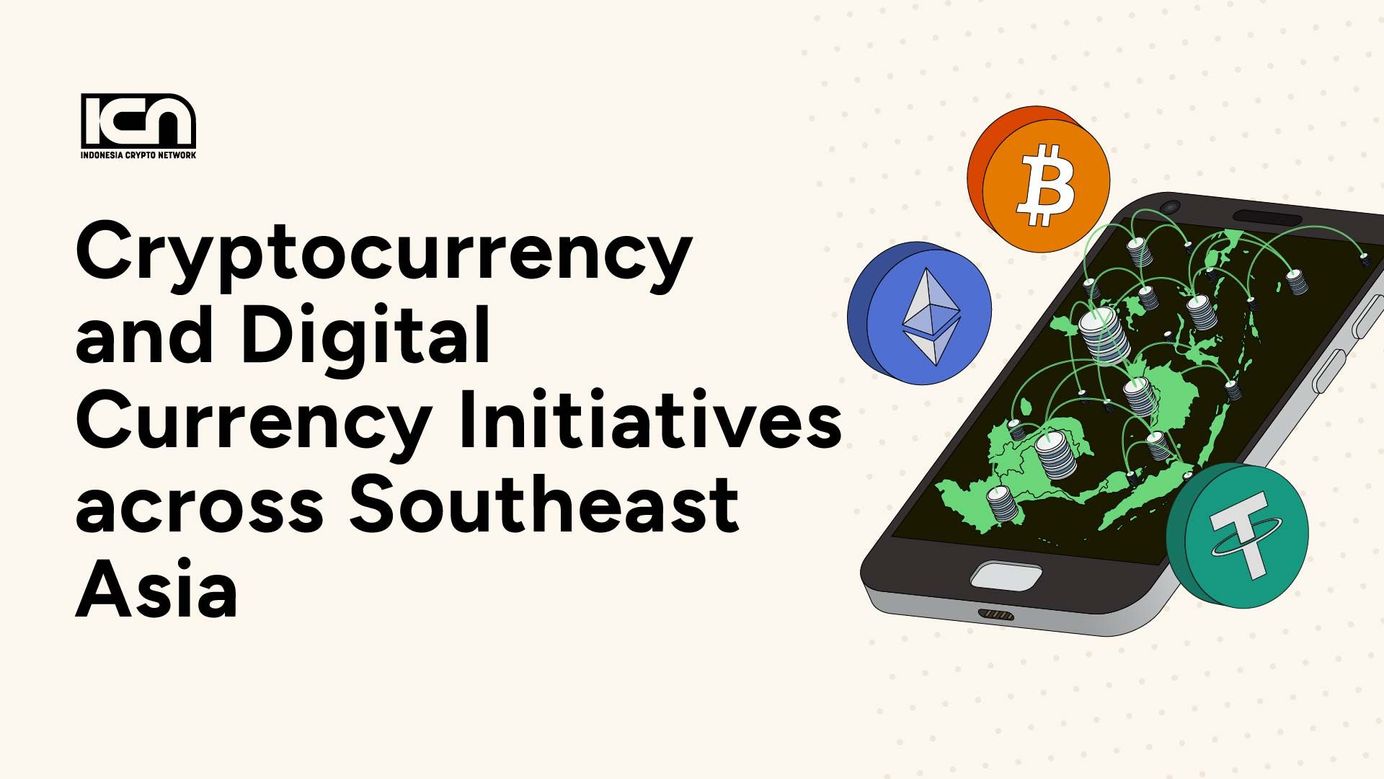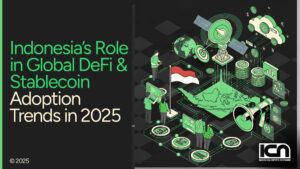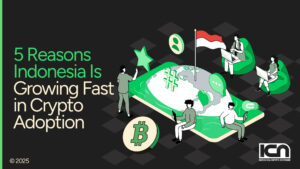There is a global drive for a cashless economy, especially in evolving markets like Southeast Asia. Many Southeast Asian countries are currently conducting projects relating to adopting cryptocurrencies, blockchain, or digital currencies to make their transactions more economic or convenient.
Below, we’ll outline a general overview of how the largest Southeast Asian countries are taking part in this trend.
Indonesia
Indonesia has long supported transitioning to cashless transactions, with its central bank, Bank Indonesia, launching the National Payment Gateway or GPN in 2017 to ease digital transactions between many domestic banks.
E-money is still enjoying a meteoric rise in Indonesia, especially with the rise of online retail during the COVID-19 pandemic. There are at least 37 e-money services in Indonesia, many of them provided by state-owned banks such as Bank Mandiri, Bank Rakyat Indonesia (BRI), and Bank Nasional Indonesia (BNI). Annual e-money transactions reached Rp305,4 trillion ($21,2 billion) in 2021, growing 49,06% year on year since 2020.
In terms of cryptocurrencies adoption in regulations perspective, Indonesia has definitely progressed. The Ministry of Trade approves the trading of cryptocurrencies as investment commodities and cryptocurrencies are legal and taxable. Indonesian government recently just published its own proposal for Central Bank Digital Currency (CBDC), called Garuda Project through Bank of Indonesia. This puts hopes on the path of widespread crypto adoption moving forward.
Companies like Indonesia Crypto Network (ICN) continue to educate the general public on possibilities for Indonesia with blockchain, as well as provide feedback to projects and advisors on how to grow within the evolving regulatory framework.
Singapore
Always a regional leader in digital innovation, Singapore is at the forefront of blockchain adoption in Southeast Asia. From 2016 to 2020, its central bank and financial authority, the Monetary Authority of Singapore (MAS) conducted a series of experiments and prototypes to explore the use of blockchain and Distributed Ledger Technology (DLT) for clearing and settlement of payments and securities.
This initiative, dubbed Project Ubin, was among the first of its kind from Asian central banks to seriously explore the possibility of Central Bank Digital Currencies (CBDCs). According to MAS, the project successfully demonstrated that multi-currency payment and settlement across borders based on blockchain could be done in real time with lower risks and costs compared to conventional mechanisms.
After Project Ubin, MAS partnered the BIS Innovation Hub Centre in Singapore on Project Dunbar, which also collaborated with the Reserve Bank of Australia, Bank Negara Malaysia, and the South African Reserve Bank, to explore linking together multiple countries’ CBDC-based retail payment systems and multi-currency settlement platforms.
Most recently, in November 2021 MAS also announced Project Orchid, an initiative to build the possible infrastructure for a digital Singapore dollar. They highlighted three potential motivations to issue retail CBDC: digitization of payments, financial inclusion for both individuals and support startups, and potential competition from stablecoins and foreign CBDCs. As this project has only recently started, time will tell about when a possible Singaporean CBDC is going to officially launch.
Thailand
In terms of digital payments, Thailand has focused on using QR codes, mobile numbers, and government ID to facilitate interbank transfers between individuals and payments at Point of Sale (POS) facilities. Launched in 2017, PromptPay is a system developed by Thai banks to enable financial transfers between bank accounts and merchants at minimal to low cost.
The service has enjoyed substantial progress, reaching more than 62.2 million payment proxies and 30.2 million average daily transactions by July 2021. It has dramatically reduced Thailand’s dependence on physical financial infrastructure and is fast-tracking it on the road to a totally digital currency.
Cambodia
In October 2020, the National Bank of Cambodia launched its own digital currency, Bakong. A collaboration between the National Bank of Cambodia and the Japanese blockchain company SORAMITSU using Hyperledger Iroha technology, it aims to help strengthen the Khmer riel and reduce dependency on the US dollar.
Bakong has also enjoyed tremendous success, with currently over 200,000 users of its digital wallet and over 5.9 million users enjoying its online banking platform as of August 2021. More than 1.4 million Bakong transactions valued at around $500 million were recorded in the first half of 2021 alone, with a total value of around $500 million.
Solutions for Southeast Asia
With governments already open to digital currencies, companies have great opportunities to further introduce crypto in Southeast Asia.
With the diversity of potential users in Asia alone, a more localized approach is needed to help projects disseminate information to audiences and turn them into users.
Companies like Indonesia Crypto Network (ICN) that specialize in awareness, penetration, and adoption for blockchain companies/projects are helping to provide clarity and help explore possibilities that decentralized currency and web3 solutions behind them can offer to Indonesia for both sides.
From the progress in the region, the coming years will be the formative years for digital currency and wider blockchain adoption in Southeast Asia.




